Dogs are a potential reservoir for a future influenza pandemic, according to a study published in the journal mBio. The study demonstrated that influenza virus can jump from pigs into canines and that influenza is becoming increasingly diverse in canines.
"The majority of pandemics have been associated with pigs as an intermediate host between avian viruses and human hosts. In this study, we identified influenza viruses jumping from pigs into dogs," said study investigator Adolfo García-Sastre, PhD, director of the Global Health and Emerging Pathogens Institute and principal investigator, Center for Research on Influenza Pathogenesis (CRIP), Icahn School of Medicine at Mt. Sinai, New York City.
Influenza can jump among animal reservoirs where many different strains are located; these reservoirs serve as mixing bowls for the genetic diversity of strains. Pandemic influenza occurs when viruses jump from animal reservoirs to humans; with no prior exposure to the virus, most people do not have immunity to these viruses. The main animal hosts for influenza are wild birds, poultry and other domestic birds in a species pack; swine; and horses. Some of the viral genes from the 2009 pandemic H1N1 virus originated in birds, from an avian virus that jumped to pigs, exchanged some of its genes with previously circulating swine viruses and then jumped from pigs into humans. Birds and swine are major reservoirs of viral genetic diversity, whereas equines and canines have historically been restricted to one or two stable influenza A viruses lineages with no or very limited transmission to humans.
Fifteen years ago, researchers documented an influenza virus in a horse jumping into a dog, and this created the first circulating canine influenza viruses. Five years ago, researchers identified an avian-origin H3N2 canine influenza virus circulating in farmed dogs in Guangdong, China.
"In our study, what we have found is another set of viruses that come from swine that are originally avian in origin, and now they are jumping into dogs and have been reassorted with other viruses in dogs. We now have H1N1, H3N2, and H3N8 in dogs. They are starting to interact with each other. This is very reminiscent of what happened in swine ten years before the H1N1 pandemic."
Specifically, in the new study, the researchers sequenced the complete genomes of 16 influenza viruses obtained from canines in Southern China (Guangxi autonomous region) during 2013-2015. Other key study collaborators included Martha Nelson, PhD, a specialist in phylogenetic analysis and transmission reconstruction at CRIP, and Ying Chen, PhD, an influenza surveillance specialist who brought the samples from China. The researchers found that the genomes contained segments from three lineages that circulate in swine in China: North American triple reassortant H3N2, Eurasian avian-like H1N1, and pandemic H1N1. In addition, the swine-origin H1N1 viruses were transmitted onward in canines and reassorted with the CIV-H3N2 viruses that circulate endemically in Asian dogs, producing three novel reassortant CIV genotypes (H1N1r, /H1N2r, and H3N2r).
The viruses in the study were collected primarily from pet dogs presenting with respiratory symptoms at veterinary clinics. Dogs in certain regions of China, including Guangxi, are also raised for meat and street dogs roam freely, creating a more complex ecosystem for canine influenza virus transmission. "The new virus we have identified in our study is H1N1, but it comes from swine and is of avian origin, so it is different antigenically from the new H1N1s that were seen in the pandemic and a different origin as the previous H1N1 seen in humans," said Dr. García-Sastre.
Future studies will focus on characterizing the virus further and assessing, using human sera, whether humans have existing immunity against canine H1N1 or not. "If there is a lot of immunity against these viruses, they will represent less of a risk, but we now have one more host in which influenza virus is starting to have a diverse genotypic and phenotypic characteristics, creating diversity in a host which is in very close contact to humans," said Dr. García-Sastre. "The diversity in dogs has increased so much now that the type of combinations of viruses that can be created in dogs represent potential risk for a virus to jump to a dog into a human."
The researchers say it is time to think about ways to restrict the circulation of the influenza virus in dogs. The United States is free of avian influenza because every time avian influenza has been detected in poultry in this country, the chickens or turkeys are culled and eliminated from circulation," said Dr. García-Sastre. "There are attempts to restrict influenza virus in pigs through vaccination and one could consider vaccination for dogs."
Story Source:
Materials provided by American Society for Microbiology.








 .
.

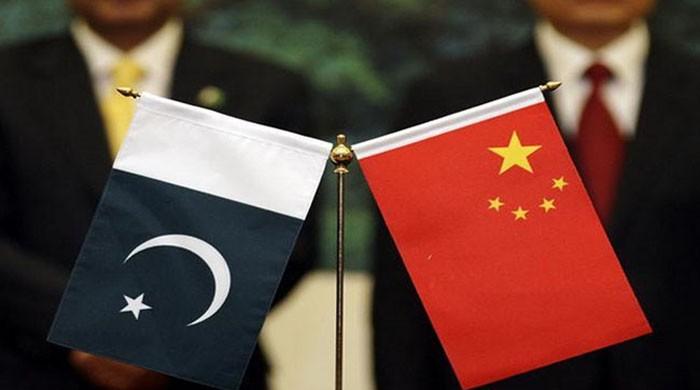

 Image copyrightNASA/JPL/MALIN SPACE SCIENCE SYSTEMSImage captionThe proposed lake sits beneath ice near the south pole of Mars
Image copyrightNASA/JPL/MALIN SPACE SCIENCE SYSTEMSImage captionThe proposed lake sits beneath ice near the south pole of Mars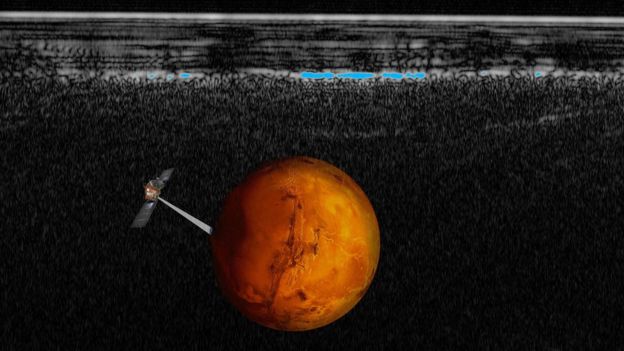 Image copyrightESA/INAFImage captionArtists' impression: Mars Express probing the planet's surface. Marsis radar results above.
Image copyrightESA/INAFImage captionArtists' impression: Mars Express probing the planet's surface. Marsis radar results above. Image copyrightUSGS ASTROGEOLOGY SCIENCE CENTER, ARIZONA STATE UNImage captionArtists' impression: Marsis data shows an area of high reflectivity (dark blue) which is thought to be water
Image copyrightUSGS ASTROGEOLOGY SCIENCE CENTER, ARIZONA STATE UNImage captionArtists' impression: Marsis data shows an area of high reflectivity (dark blue) which is thought to be water Image copyrightSCIENCE PHOTO LIBRARYImage captionAstrobiologists study extreme environments like salt lakes on Earth to understand how life might survive on Mars
Image copyrightSCIENCE PHOTO LIBRARYImage captionAstrobiologists study extreme environments like salt lakes on Earth to understand how life might survive on Mars Image copyrightSCIENCE PHOTO LIBRARYImage captionThe area has been compared to Lake Vostok, which lies 4km beneath the Antarctic ice
Image copyrightSCIENCE PHOTO LIBRARYImage captionThe area has been compared to Lake Vostok, which lies 4km beneath the Antarctic ice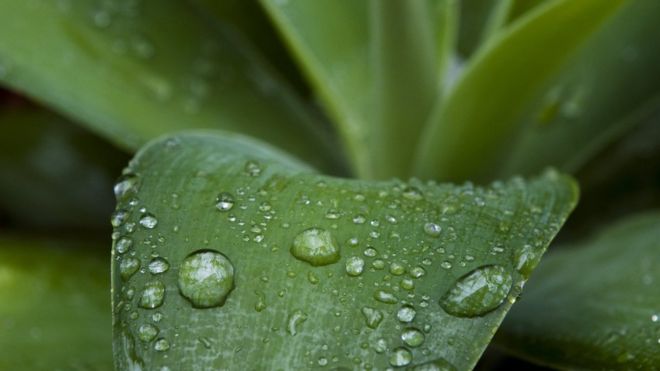

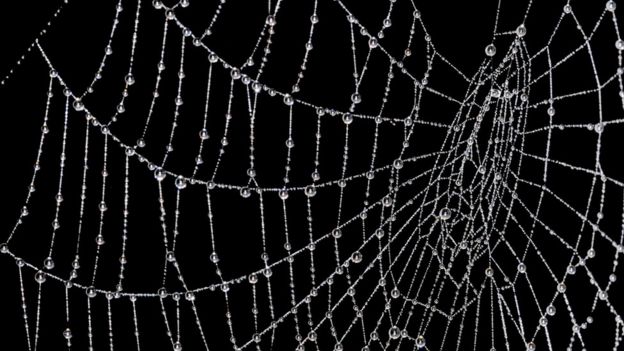

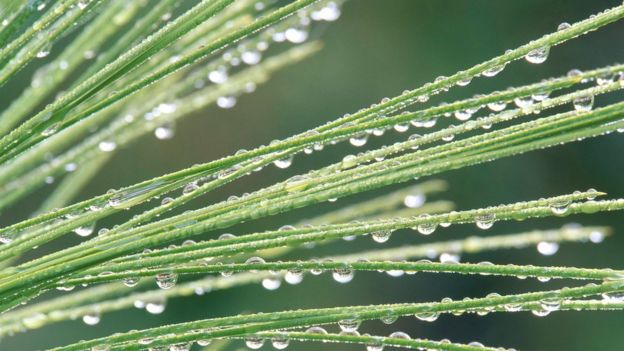


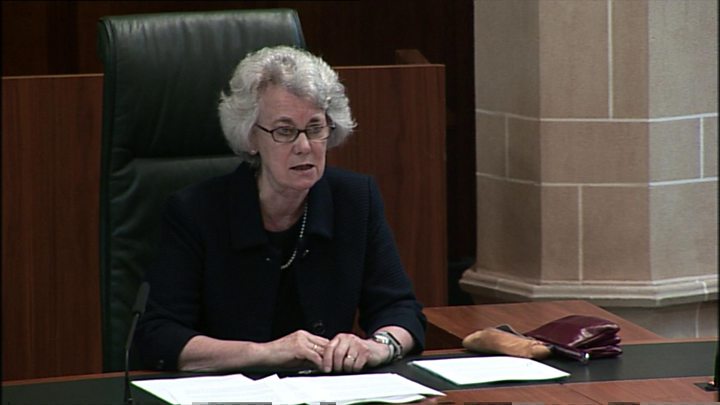
 Image captionJodie Simpson died in 2016, after the Court of Protection agreed that her care could be ended
Image captionJodie Simpson died in 2016, after the Court of Protection agreed that her care could be ended Image captionHillsborough victim Tony Bland was in a vegetative state for four years until a landmark case allowed doctors to withdraw his feeding tubes
Image captionHillsborough victim Tony Bland was in a vegetative state for four years until a landmark case allowed doctors to withdraw his feeding tubes